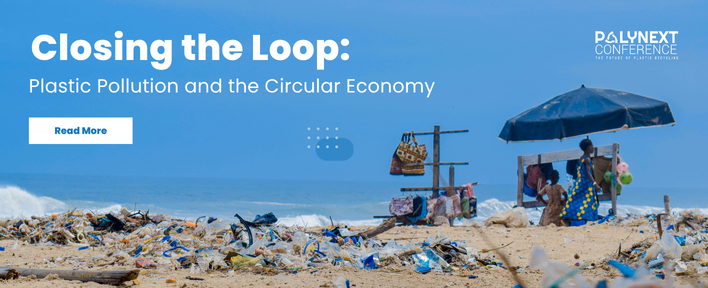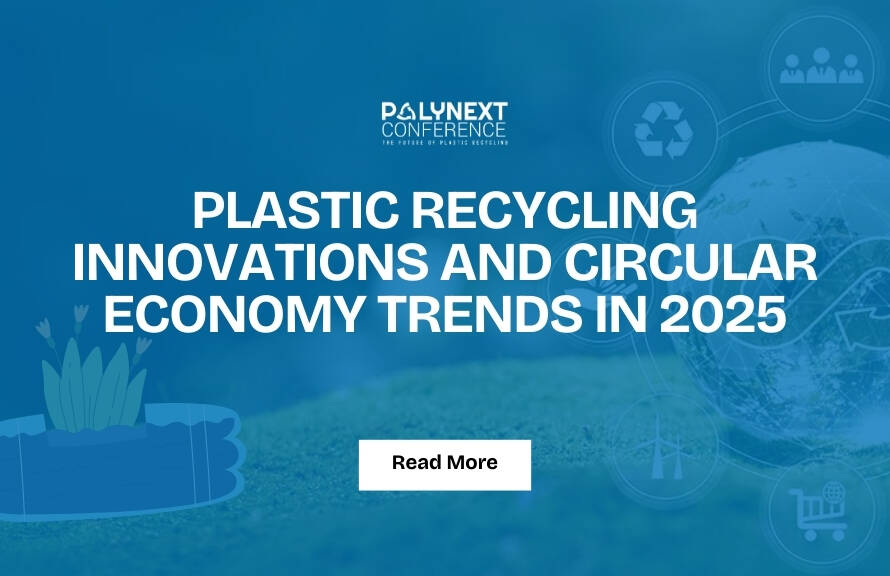Every year, millions of tons of plastic end up in landfills or oceans. But what if this waste could become a goldmine of new materials? Plastic upcycling is leading that transformation.
Plastic upcycling is the process of converting discarded plastic waste into new, high-value products, rather than downcycling them into lower-value items or sending them to landfills. This process plays a critical role in supporting the circular economy, where materials are continuously reused to minimize environmental impact and maximize resource efficiency.
How Plastic Upcycling Works
Upcycling plastics involves several innovative approaches:
Design-Based Upcycling
This method focuses on the creative reuse of plastics to make functional or artistic products—such as bags, toys, furniture, and home décor. It is often adopted by eco-conscious designers and community artisans.
Chemical Upcycling
Here, plastic polymers are broken down into their chemical building blocks to produce high-value outputs such as carbon nanotubes, liquid fuels, and composite materials. This approach often involves advanced catalytic and pyrolysis techniques.
A Notable Innovation: Plastic to Carbon Nanotubes
Plastic upcycling into carbon nanotubes (CNTs) is a cutting-edge process that transforms waste into nanomaterials with exceptional electrical, thermal, and mechanical properties. Beyond pyrolysis, researchers have developed several techniques to synthesize CNTs from common plastic waste such as polyethylene (PE), polypropylene (PP), and polystyrene (PS). For instance, scientists at Rice University have demonstrated the ability to produce high-quality CNTs from mixed plastic waste using flash Joule heating—a process that rapidly raises the temperature to over 3,000°C in milliseconds. This technique not only breaks down the plastic but also restructures the carbon atoms into CNTs, offering a scalable and energy-efficient solution.
In another breakthrough, researchers in South Korea developed a catalytic process using nickel-based catalysts to convert plastic bags directly into multi-walled carbon nanotubes (MWCNTs). These CNTs were then successfully integrated into composite materials used for electronics and energy storage devices. Additionally, studies funded by the U.S. Department of Energy have explored microwave-assisted conversion, where plastic waste is decomposed in a microwave reactor in the presence of metal catalysts, yielding CNTs suitable for use in lithium-ion batteries and supercapacitors.
These advanced methods highlight how plastic upcycling is evolving from waste management to nanotechnology innovation, creating value in industries ranging from aerospace to clean energy.
Industrial Upcycling
Large-scale technologies convert hard-to-recycle or mixed plastic waste into fully recyclable products. Companies use proprietary methods to process waste into reusable materials for construction, packaging, or manufacturing.
Example: From Bottles to Fabric
A compelling example of plastic upcycling is the conversion of PET bottles into textiles. Organizations like Parley for the Oceans and Adidas collect marine plastic waste and repurpose it into high-performance sportswear. Roughly 20 recycled bottles can be used to produce one t-shirt. These initiatives not only reduce plastic pollution but also demonstrate how sustainability and innovation can go hand-in-hand.
Benefits of Plastic Upcycling
Reduces Landfill Waste:Diverts plastics from landfills and oceans, mitigating their harmful impact on ecosystems.
Lowers Carbon Footprint:Upcycling typically requires less energy and emits fewer greenhouse gases compared to producing virgin plastic from fossil fuels.
Creates Economic Value:Generates high-value materials like textiles, advanced polymers, and carbon-based products, opening up new markets and revenue streams.
Conclusion
Plastic upcycling is more than just recycling—it’s a forward-thinking solution to one of the world’s most pressing environmental challenges. By transforming waste into valuable resources, it supports a more sustainable and circular future.
What to Watch: PolyNext 2025
The upcoming PolyNext 2025 conference is expected to spotlight advancements in plastic upcycling technologies. Innovations in chemical depolymerization, AI-driven waste sorting, and green material design will take center stage, making it a must-watch event for sustainability professionals and manufacturers alike.
Stay tuned to PolyNext 2025 for the latest breakthroughs in plastic upcycling and sustainable material innovation.
References
1. Plastic Upcycling: Turning Waste into Valuable Resources
2. Banyan Nation – Plastic Upcycling
3. How Upcycling Plastics Supports a Circular Economy

